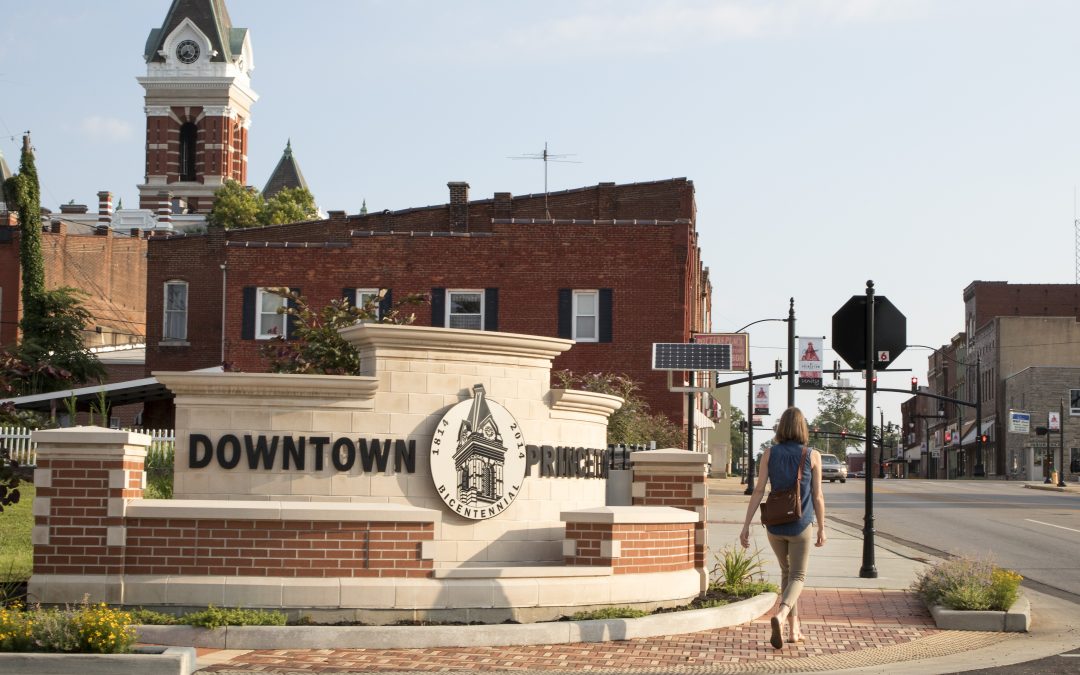

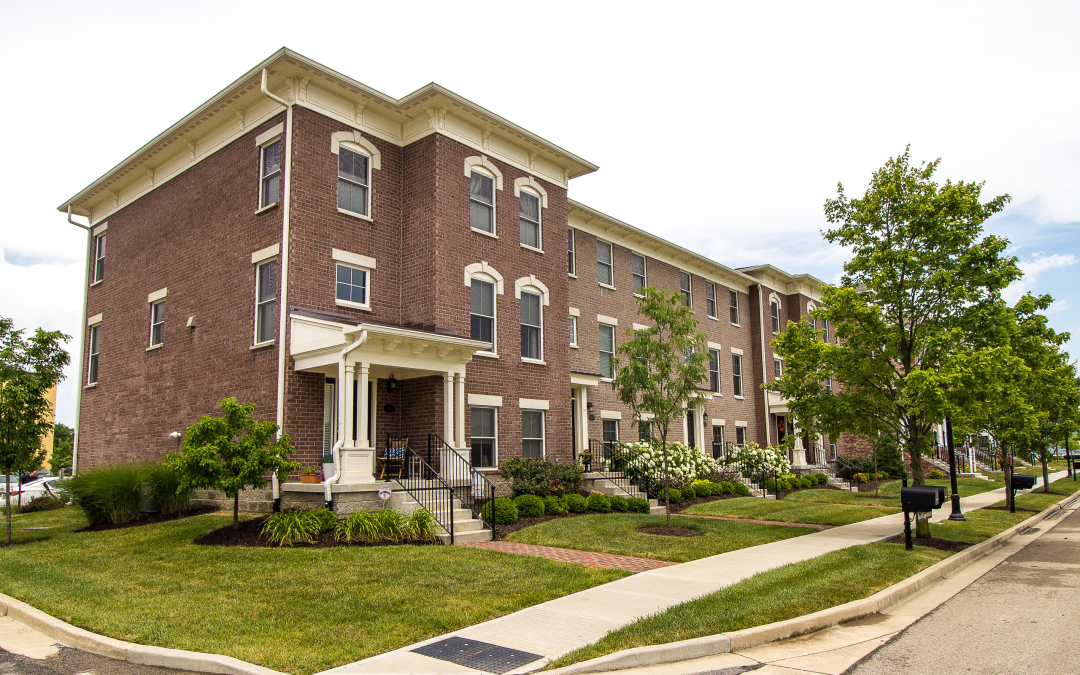
Carmel Village of West Clay Townhomes
Carmel, IN
Village of West Clay Townhomes
HWC worked with Pulte Group to provide site engineering and survey services for the 18-unit residential townhome project in the Village of WestClay in Carmel, Indiana.
Development components include:
-
- Four townhome buildings
- Alley and sidewalk design
- Extensions of public infrastructure for storm and sanitary sewers and water mains
- Landscape plans
- Construction staking
The project provides low maintenance housing for the walkable community in west Carmel with nearby shops, businesses, and schools.
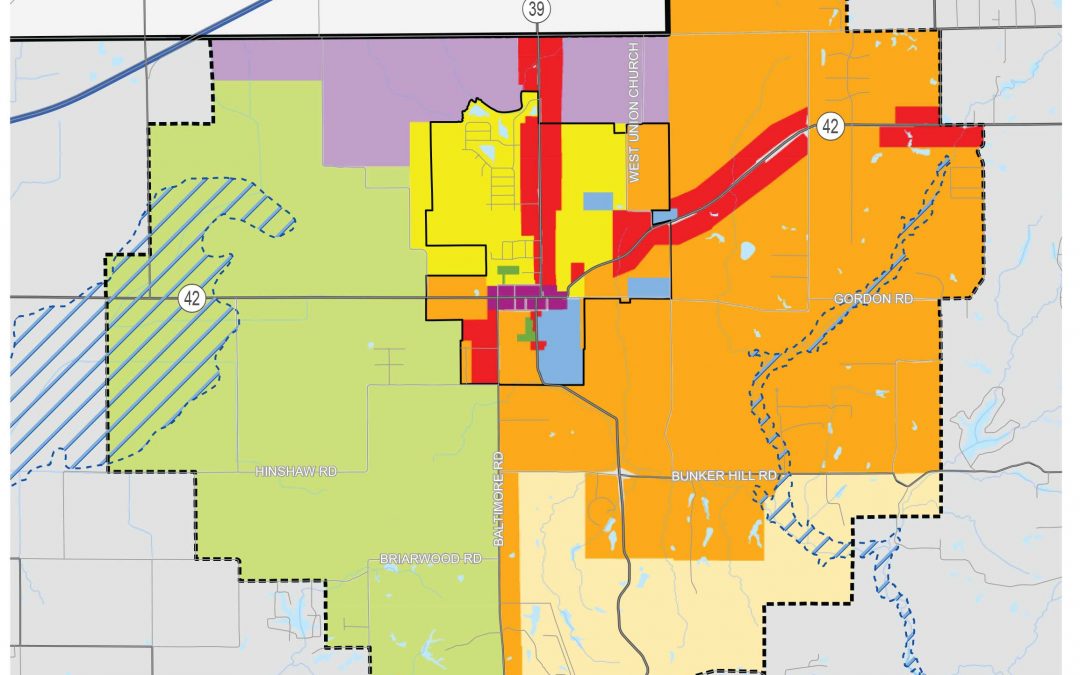
Monrovia Strategic Plan and Comprehensive Plan
Monrovia, IN
Strategic Plan and Comprehensive Plan
After years without a clear direction or plan of how to deal with new development, Monrovia’s leadership decided they needed to take measures to prevent losing control over the direction of the community.
HWC assisted the Town by first creating a strategic plan which helped identify and prioritize the immediate concerns and priorities for the community.
Following the strategic plan, the Town proceeded with an update to its comprehensive plan, which was over 24 years old. HWC helped define appropriate future land use changes. HWC also identified key areas of the community in which residents hoped to protect, as well as areas where there was an overall comfort level with accepting new development. The plan also helped identify desired development standards, types, and densities to better help the Town leadership communicate with potential businesses and Developers who may consider relocating to Monrovia.
HWC and Civic Blueprint rounded out this planning effort by updating the Town’s unified development ordinance that included two overlay districts.
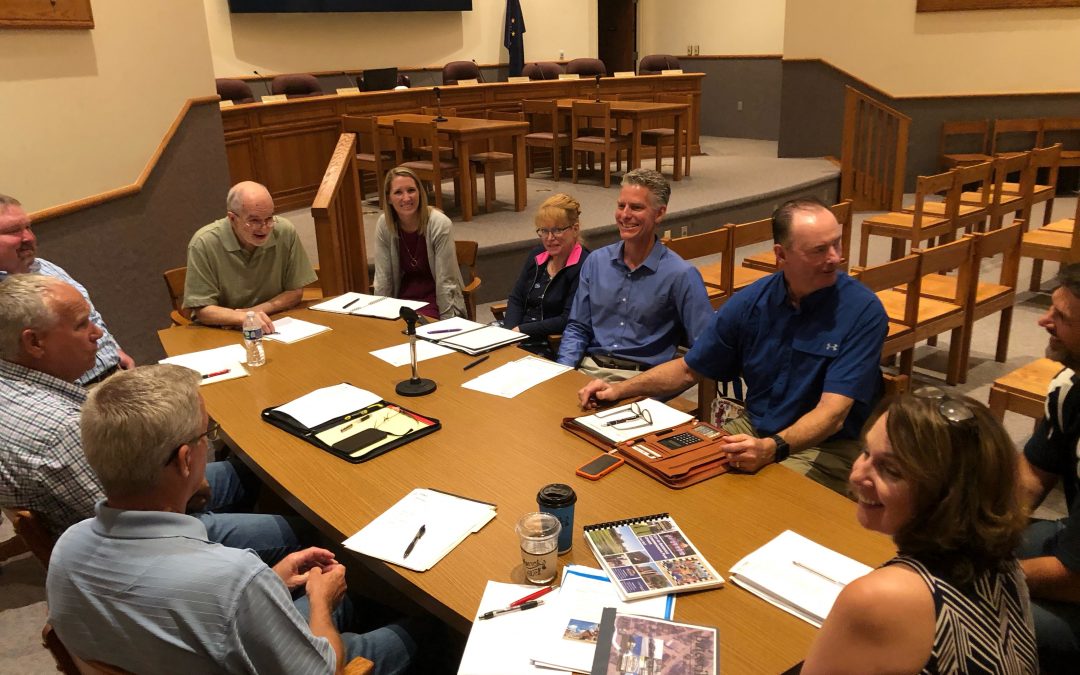
Batesville Unified Development Ordinance
Batesville, IN
Unified Development Ordinance
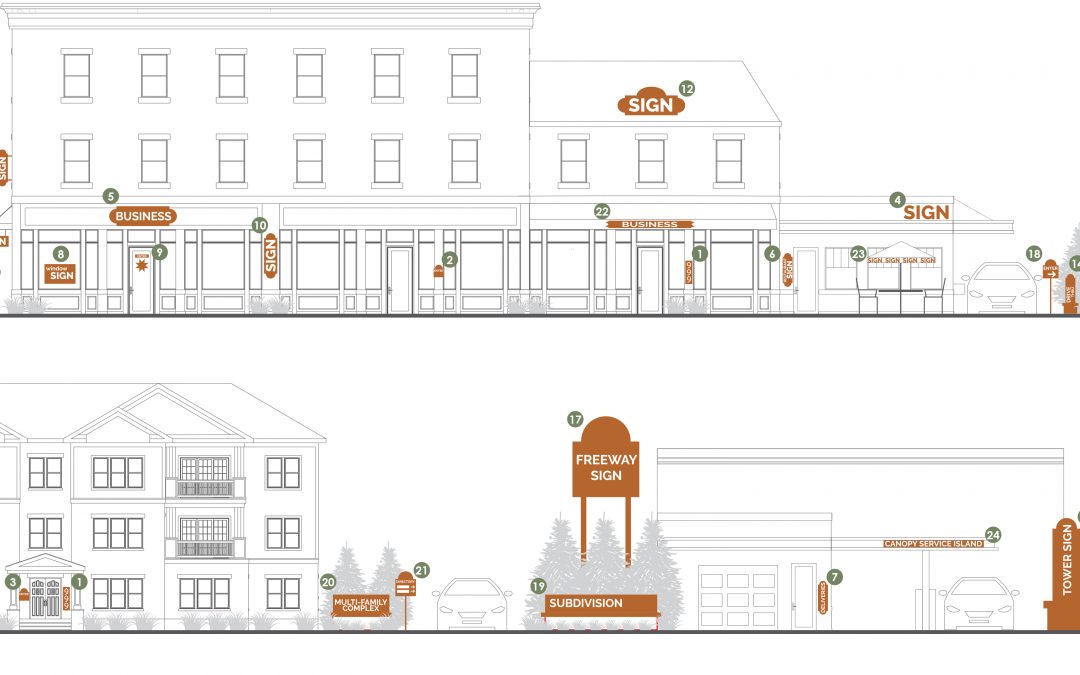
Whitestown Unified Development Ordinance
Whitestown, IN
Unified Development Ordinance
Whitestown has been the fastest growing community in the State of Indiana for the past eight years.
HWC has led key planning initiatives to help them manage that growth, including updates to their comprehensive plan, economic development plan, thoroughfare plan, and downtown (Legacy Core) plan.
The Town’s key existing ordinances were not delivering the development product that they desired. To update the ordinances, HWC and Civic Blueprint partnered on the preparation of a new Unified Development Ordinance. The updated ordinance first focused on aligning comprehensive plan goals with development regulations. Next, the ordinances were updated to use plain English so that they were clear, direct, and easy to use. Graphics were added to further enhance clarity.

Recent Comments